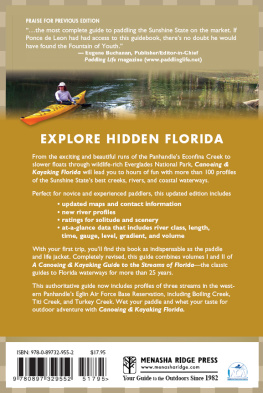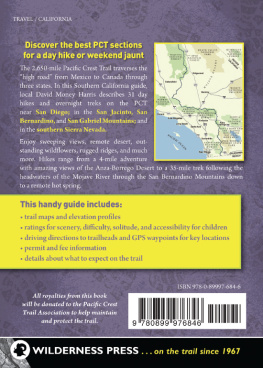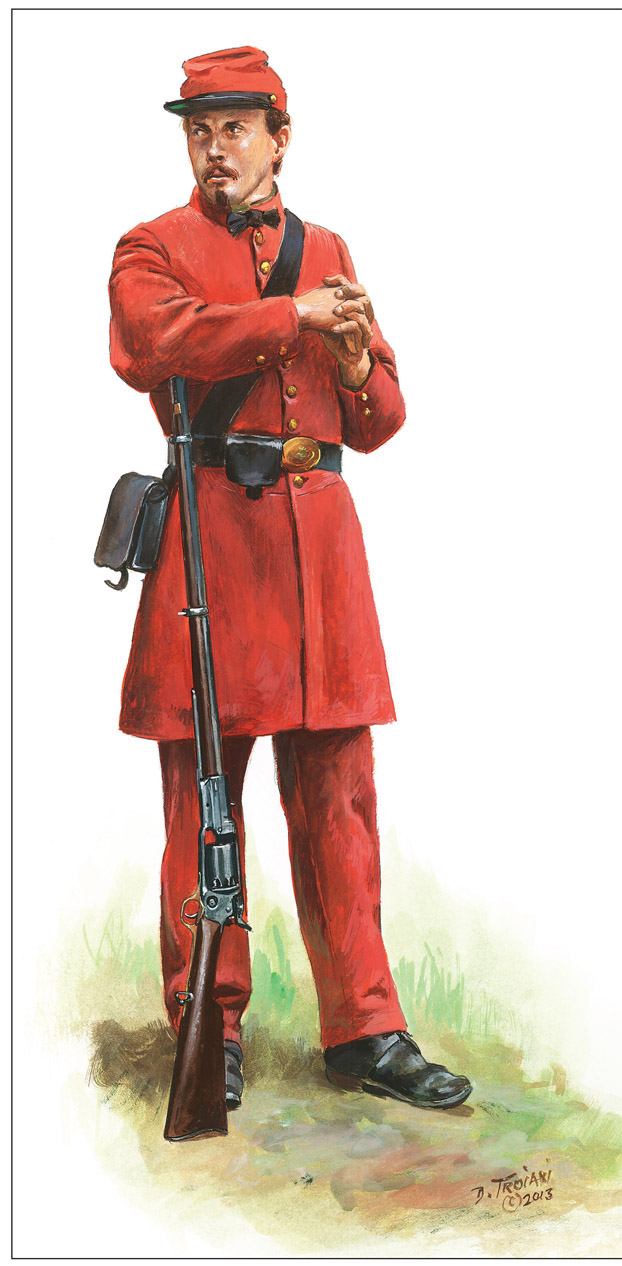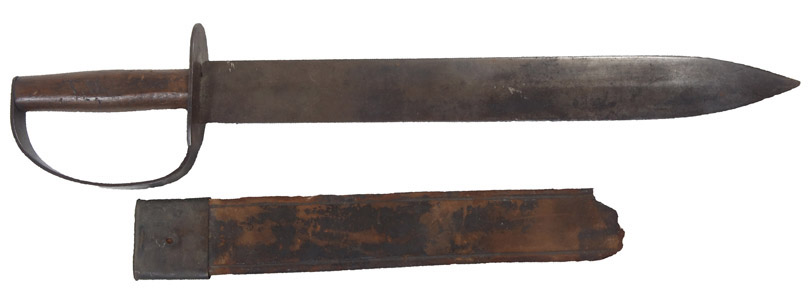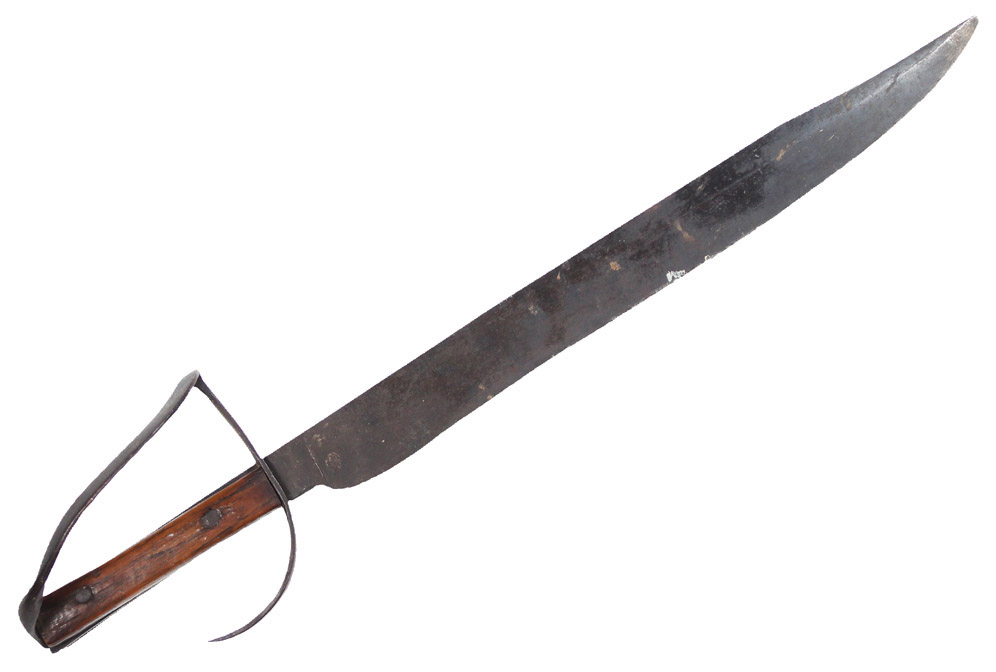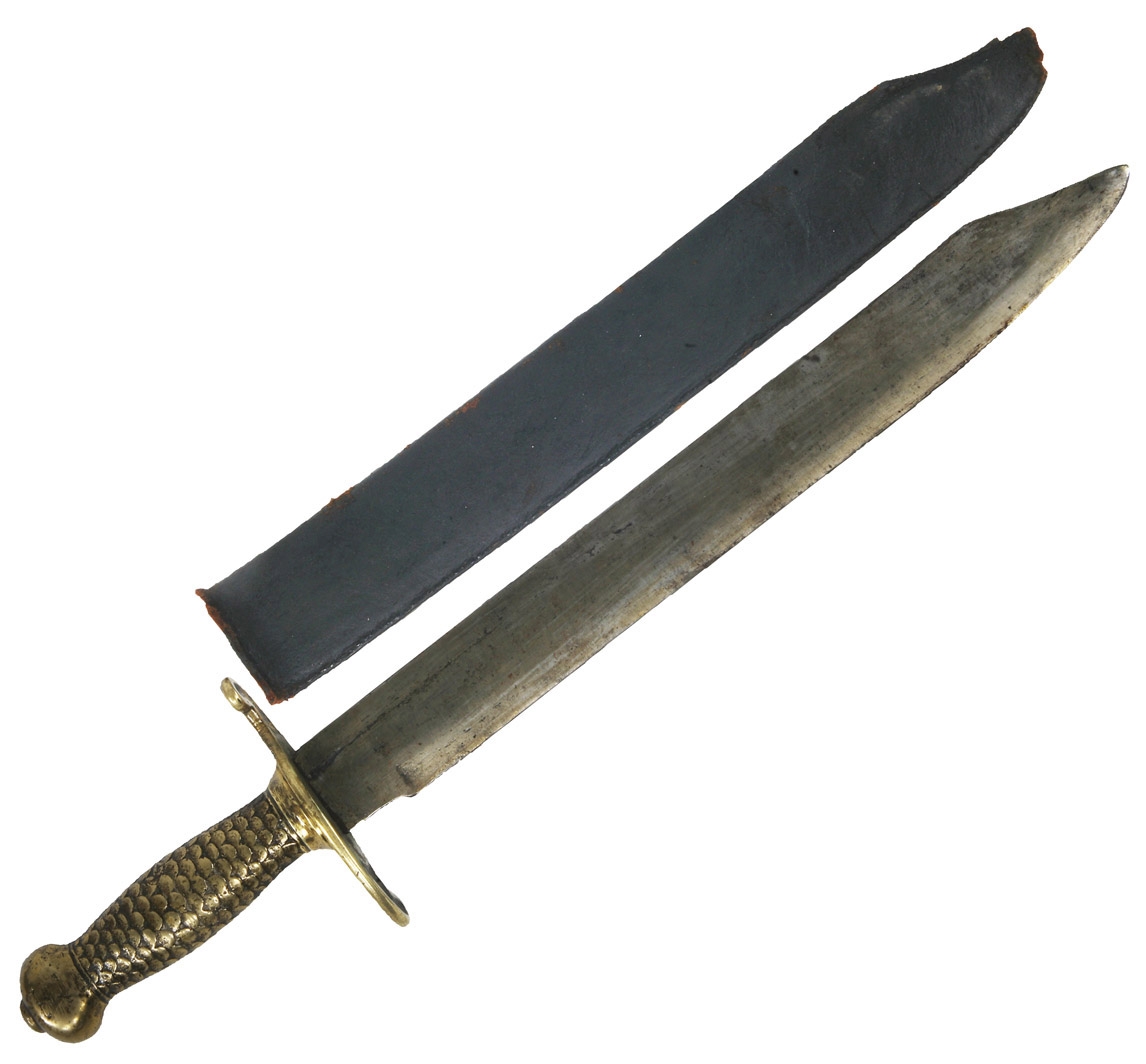Acknowledgments
V ERY SPECIAL THANKS TO THE SMITHSONIAN INSTITUTION AND JENNIFER JONES, Natalie Elder, and Ryan Lintelman.
T his Confederate cavalry saber is a rough copy of the United States models. Instead of the more costly and difficult to manufacture metal scabbard, it features one made from wood which is painted red. The mounts are tin and brass. It is believed to be a product of Kraft, Goldschmidt and Kraft of Columbia, South Carolina. DON TROIANI COLLECTION
Also thanks to William Erquitt, Michael Cunningham, Michael D. Kramer, Jan Gordon, C. Paul Loane, and those who provided many photographs and opened their wonderful collections, and to Frederick R. Adolphus, who shared his vast research and wisdom.
Thanks to the West Point Museum, Nelsonian Institute, Museum of Connecticut History, U.S. Army Center of Military History, Skinners Auction Galleries, Dave Taylor Civil War Antiques, Sayville Historical Society, South Salem Textile Workshop, New York State Military Museum, Old South Antiques, Union Drummer Boy, Cowans Auctions, GAR Hall Rockville (CT), Atlanta History Center, and The Horse Soldier.
Thanks also to Robert Carlson, Robin Feret, Gregg Biggs, Joel Bohy, James C. Frasca, Steve Rogers, Colonel J. Craig Nannos, Dr. Charles Cureton, Robert Delassandro, Dr. David Evans, Mary Evans, William Adams, Don McMahon, Tom Arliskis, Les Jensen, Matt Reardon, Michael Barilla, Bill Adams, Jack Lewis, Mike ODonnell, Mike Kramer, Shannon Pritchard, Heather Thayer Culligan, Gordon Jones, Dean Nelson, Bill Synomon, Brendan Synomon, William Leigh, Dr. William Blackman, Don Phillips, Lance J. Herdegen, Robert K. Krick, Phil Spaugy, Ron Field, Jimmy Price, Brian White, Keith Knoke, Greg Biggs, Jerry Hayes, Lon W. Kiem M.D., Joe Haile, and Christopher Heizer.
Private, The Van Dorn Reserve (Company I, 11th Mississippi Regiment)
1861
P ERHAPS NO OTHER UNIT ON EITHER SIDE DURING THE Civil War presented an appearance as striking as the Van Dorn Guard (Company I) of the 11th Mississippi Regiment. According to a Tennessee newspaper, On the 17th ult., the Van Dorn Reserves of Aberdeen were mustered into service. Their guns are Colts five shooting rifles, and their uniform is red jeans. Their Captain, Wm. H. Moore, is 6 feet 2 inches high and weighs 200 pounds. A star companysure.
One volunteer, Mason Monroe Cummings of Company I, had his photo taken holding his Colt Rifle and commented in his diary: The name given to the company was the Monroe Light Infantry, but changed before being mustered into the service to Van Dorn Reserve in honor of Major [afterwards General] Earl Van Dorn. On the 26th day of April, 1861, we were mustered into war service and on the 30th left for Corinth, Mississippi. The company was handsomely uniformed and well-armed with new Colts repeating rifles. The citizens subscribed very liberally to the companymore than $7,500.00 having been raised for uniforming and equipping the men, who numbered about ninety-five.
The 11th went on to fight through all the major battles with the Army of Northern Virginia, suffering the highest casualties of any Southern unit at the Battle of Gettysburg (a staggering 336 out of 386 present). How long Company I kept their Colt repeaters is unknown, but probably not long.
A Confederate cloth and leather waist belt with an iron roller belt. Simple belts like these were used throughout the war in the Southern armies. The Augusta Chronicle & Sentinel of May 12, 1862, noted: MANUFACTURE OF BUCKLES.The enterprising firm of S.S. Jones & Co., of this city have recently commenced the manufacture of buckles, more especially for army use.... They are now turning out large numbersabout ten thousand a week. These buckles are of excellent make and finish strong and substantial, without being in the least clumsy. The roller is made of iron, instead of tin. WILLIAM ERQUITT COLLECTION
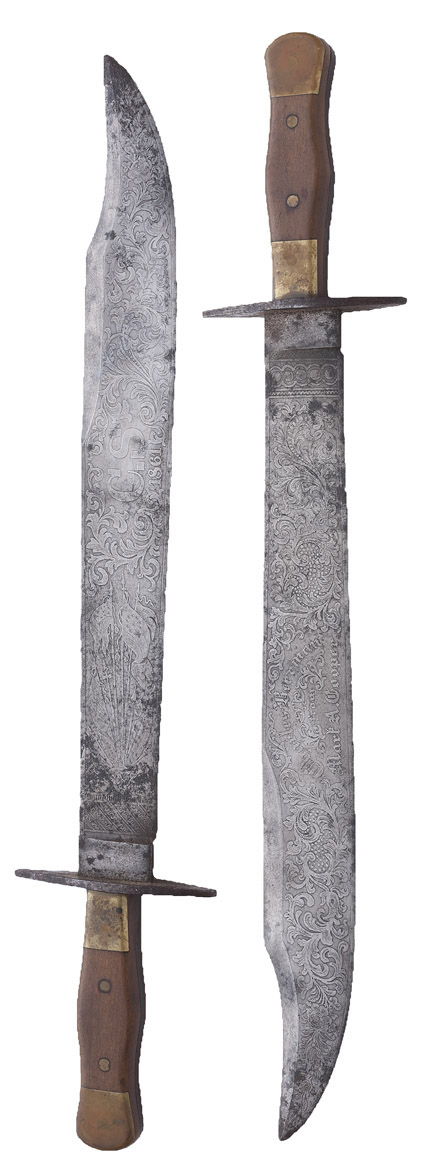
M assive Confederate presentation side knife owned by German immigrant Charles Beerman. In 1861 as an officer of the fire department of his adopted city of Atlanta, he proposed to the mayor that the fire battalion, already organized and formed into companies, serve as a home guard to meet any emergency on the soil of Georgia or march to any point in the Confederacy. Beerman was responsible for the equipping and clothing of the 3rd Battalion Infantry, Georgia State Guards. For his devotion to the cause, Mark A. Cooper, owner of the Etowah Iron Works, manufactured and gifted this magnificent knife, the epitome of a southern fighting knife. WILLIAM ERQUITT COLLECTION
A simple D guard knife or cutlass with a spear-point blade made in Kenansville, North Carolina, at the factory of Louis Froelich. NELSONIAN INSTITUTE
T his clipped-point bowie knife was brought home by the colonel of the 2nd Iowa Regiment as a souvenir of the siege of Fort Donelson. It features a unique design in which the guard is bent around to form a knuckle guard. DON TROIANI COLLECTION
A massive fish-scale grip Confederate bowie knife with a leather sheath. With a reversed S guard and clipped-point blade, this knife was an intimidating piece of cutlery. A mark was cast into the pommel, which might be JDA, possibly an unknown artillery unit. Astonishingly popular in the first year of the war, these huge knives proved a useless encumbrance that was soon dispensed with. DON TROIANI COLLECTION
Private, Clinch Rifles, Georgia Militia
1861
T HE CLINCH RIFLES WERE FORMED IN AUGUSTA, GEORGIA, IN 1852. Named in honor of a hero of the War of 1812, General Duncan Clinch, the company was typical of the numerous elite militia organizations found in large cities of the United States in the decade prior to the Civil War. These companies were often composed of the best and brightest young men of the urban areas, most of whom had sufficient financial backing to outfit themselves in the height of military fashion.
Membership in the Clinch Rifles was both an honor and a privilege that was not granted lightly. A young man aspiring to membership would be voted on by the company and was expected to pay dues, outfit himself in the companys uniform, and attend regular meetings. He usually had to purchase more than one uniform, as style change dictated that those wishing to remain must be ready to conform to the decision of the majority. The meticulously kept minutes of the meetings of the Clinch Rifles show that on May 30, 1859, a resolution was adopted to change the uniform by making the coat a frock coat. This was followed just over a year later in July 1860 by a decision to discuss a design for a new uniform that would be tailor-made in Augusta. For those wishing to belong, peer pressure certainly was alive and well.




